In this article, we will talk about the vanilla orchid, whose scientific name is Vanilla planifolia.
Native to Mexico, this perennial climber was used by ancient peoples not only in cooking but also in primitive cosmetics, standing out as a symbol of flavor and aroma through the millennia.
Today, vanilla is cultivated in various corners of the planet, such as:
- Madagascar
- China
- Comoros
- Indonesia
- Mexico
- Among others
Keep reading, because, in this article, you will learn a little more about this fascinating plant, its characteristics, curiosities, history, and how to take care of the vanilla orchid.
Learn How to Achieve Super Blooms on Your Orchids
🛑 If you love orchids and you're tired of not being able to make them bloom...
Then, know that thousands of beginner growers are achieving beautiful flowers on their orchids by following this method.
Click the button below to have beautiful orchids with show-worthy flowers every year. ⤵
Characteristics of the Plant
As a perennial climber, the vanilla orchid is capable of reaching notable heights, climbing supports with the help of its aerial roots. Its leaves are flattened, measuring between 15 to 25 centimeters (5.9 to 9.8 inches) in length, revealing a robust structure.
Its flowers, of a charming light green, are as delicate as they are beautiful, blossoming to release a gentle aroma that heralds the promise contained in its pods.
These pods, long and cylindrical, can reach up to 20 centimeters (7.9 inches) in length and house thousands of tiny black seeds, where the essence of vanilla lies.
Vanillin, the chemical compound responsible for the characteristic flavor and aroma of vanilla, is a treasure stored within these pods, accessible only through an extraction process that involves careful drying and aging.
Extraction and Use of Vanilla
The process of extracting vanilla from Vanilla planifolia requires time, patience, and skill.
The pods are harvested while still green and immature, and then begin a slow drying process in cool and dark environments.
This drying period, which can last months, is crucial for the formation of vanillin crystals on the pod walls, which give vanilla its characteristic flavor and aroma.
In addition to the direct extraction of the pods, the seeds are also used in another production method, where they are removed from the pods and infused in liquids like alcohol.
This vanilla extract is widely used in the cosmetics industry, being added to lotions, creams, and skin care products, in addition to being a key ingredient in perfumes and in the practice of aromatherapy.
In cooking, vanilla extract is a marked presence in a variety of recipes, for example:
- Cakes
- Puddings
- Ice creams
- Flavored beverages
Despite its high value, which often makes it a luxury ingredient, vanilla is often replaced by artificial flavorings in commercial products.
History and Curiosities
Vanilla planifolia is probably the most famous species of the Vanilla genus, in addition to being one of the main suppliers of vanilla flavorings worldwide.
Its role in history dates back to ancient civilizations of Mexico, where it was revered by the Totonacs and Aztecs, being used to flavor foods and even in the production of chocolate.
A notable curiosity about this plant is its climbing nature, which leads it to grow around other plants or objects, using them as support for its sustenance. This process, known as vine or liana, is a unique adaptation that demonstrates the versatility and adaptability of Vanilla planifolia in its natural environment.
Currently, this vanilla orchid is cultivated in various countries around the globe, with Madagascar standing out as the world’s largest producer.
How to Take Care of the Vanilla Orchid
Now that you have learned about the characteristics, uses, and curiosities of Vanilla planifolia, below I will detail the necessary care to keep this plant healthy and ready to bloom every year.
Where to Plant and Place This Plant
The first step is to choose a location protected from strong winds and extreme temperatures.
The vanilla orchid thrives under specific conditions (which will be explained further below), making it crucial to avoid direct exposure to sunlight, which can damage its shoots and flowers.
For its planting, it’s recommended to use substrates appropriate for orchids, which can be accommodated in pots or lightweight planters.
These containers must be equipped with a tutor, a support structure, to support the plant as it grows. This tutor can be a wooden stick or any other material that allows the plant to twine and grow vertically, emulating its natural climbing behavior.
In regions with a hot and humid climate, similar to the native habitat of Vanilla planifolia, outdoor cultivation can be considered.
In these cases, the orchid can be planted directly on a wooden trunk or in a tree that offers support for its fixation and development. This method allows the plant to grow more naturally, exploring the vertical space and absorbing the necessary nutrients and moisture directly from the environment.
Ideal Climate
Originating from the coastal regions of Mexico, this orchid has very specific climate preferences, essential for its healthy growth.
Vanilla planifolia flourishes in warm climates, with ideal temperatures ranging between 25 to 30°C (77 to 86°F) during the day. At night, the plant still requires a mild climate, with temperatures not falling below 15 to 20°C (59 to 68°F).
This need for a relatively constant temperature, which does not experience drastic fluctuations, is crucial for the proper development of the plant, directly affecting the formation of flowers and the maturation of vanilla pods.
Besides temperature, humidity plays a fundamental role in the cultivation of Vanilla planifolia. Being a plant that develops best in humid environments, it requires a high degree of relative humidity for its optimal growth.
Maintaining this level of humidity often involves frequent spraying of water on its leaves, especially in drier environments or in greenhouses. This constant moisture is vital to mimic the tropical coastal climate to which the vanilla orchid is adapted.
In terms of lighting, filtered light or partial shade is ideal, providing the necessary brightness for growth without damaging the shoots and flowers.
Concurrently, adequate ventilation is essential to maintain the right balance of humidity, avoiding the excess that can favor the appearance of mold and fungal diseases.
A well-ventilated environment ensures that air circulates effectively around the plant, maintaining health and promoting vigorous development.
See too:
- Phalaenopsis (The Moth Orchid): 9-Step Care Guide
- Vanda Orchid Care – The Complete Guide For Beginners
- Cymbidium (Boat Orchid): Types, Care, and How to Bloom
- Oncidium (Dancing-lady Orchid) – How to Care in 9 Steps
- Dendrobium Orchid: Types and Care (With Photos)
- Ludisia the Jewel Orchid – How to Care in 7 Simple Steps
How to Water
The quality of water used to water Vanilla planifolia is fundamental. One should opt for soft water, with low calcium and magnesium content.
Rainwater or filtered water are the best options, as tap water commonly contains high levels of these minerals, which can be harmful to the plant.
When watering Vanilla planifolia, direct the water straight to the soil or substrate, ensuring to avoid contact of the water with the plant’s leaves. This will prevent fungal diseases and leaf rot, which can occur if the leaves remain wet for extended periods.
Watering should be done in a way that the substrate remains moist, but not waterlogged, maintaining a balance that provides the plant with the moisture it needs without causing excess water.
The frequency at which Vanilla planifolia needs to be watered varies according to the environment it is located, the type of substrate used, and the season.
It is crucial to observe the plant and the soil between waterings to ensure that it is neither too dry nor excessively moist. A good practice is to check the substrate with your finger; if the first few centimeters are dry, it is time to water.
Do You Want to Learn How To Keep Your Orchids Healthy And Ready to Bloom Every Year?
So, I prepared a complete guide, step by step and illustrated, that will show you:
• The secrets to getting beautiful flowers every year
• How to fight and identify pests and diseases on your orchids
• THE MAGIC SUBSTANCE for orchids and how to use it
• And much, much more.
The great news is that the manual is now available at a super discount!!
But beware, it's only for the first buyers.
Click on MORE INFORMATION below and discover the secrets to show-worthy flowers. 👇
How to Fertilize
For Vanilla planifolia, the use of fertilizers such as bokashi and slow-release fertilizers in the NPK 14-14-14 formulation, which contain a balance of nitrogen (N), phosphorus (P), and potassium (K), is recommended. These nutrients are fundamental for the healthy growth of the plant, promoting the development of roots, the formation of flowers, and the maturation of vanilla pods.
The frequency at which the vanilla orchid should be fertilized depends on various factors, including the type of fertilizer used, the environmental conditions (temperature and humidity), and the overall health of the plant.
In general, it is advisable to fertilize regularly, but without excess, to avoid the excessive accumulation of nutrients, which can be harmful. Excessive fertilization can cause damage to the roots and, in severe cases, lead to the death of the plant.
It is crucial to follow the manufacturer’s instructions when applying any type of fertilizer, to avoid overdosing, which can result in burns to the roots and leaves of the plant. A careful and measured application is essential to ensure that the plant receives the nutrients it needs without the risks associated with excess.
How to Pot and Repot
To start potting, choose a small pot that facilitates the control of the growing conditions of the vanilla orchid.
The selected pot should be filled with a suitable substrate for orchids, which may include a mixture of pine bark, activated charcoal, and sphagnum moss. These components help create the draining and airy environment necessary for the good development of Vanilla planifolia’s aerial roots.
When potting, ensure there is enough space to accommodate the orchid’s roots, allowing it to grow healthily. Also, check if the pot has good drainage to prevent water accumulation, which could lead to root rot, a condition harmful to the plant.
Repotting Vanilla planifolia should be done approximately every two years or when you notice that the substrate in the pot seems compact and dirty. This process involves carefully removing the plant from the old pot and eliminating the old substrate from the roots.
- Remove your orchid from the pot.
- Examine the roots carefully to identify and remove any dead, burnt, or diseased parts, using clean and disinfected scissors.
- When repotting, place new substrate in a pot and position the vanilla orchid in the center, distributing the roots evenly.
Repotting is ideally done at the end of winter or the beginning of spring, taking advantage of the start of the plant’s active growth period.
Remember that Vanilla planifolia is a climber with aerial roots, needing support for its vertical growth, such as a stake, a tree, or a wall.
The chosen support must be strong enough to sustain the plant, allowing it to grow healthily and without structural deformities.
Pests, Diseases, and Other Problems
Among the most common pests that attack the vanilla orchid are snails and slugs, which feed on the roots and leaves of the plant, causing significant physical damage.
Red spiders also pose a threat, potentially infecting the plant with viruses harmful to its growth.
To control these pests, one can resort to specific chemical products, always with caution and following the usage recommendations.
Additionally, the adoption of cultural practices, such as keeping the environment clean and controlling humidity around the plants, can help minimize the presence and impact of these invaders.
Fungal diseases, such as root rot, are particularly problematic for Vanilla planifolia. This type of disease is often caused by excessive watering, which leads to soil saturation and creates ideal conditions for the development of fungi.
Prevention is the best strategy against fungal diseases, including moderate watering of the plant and the use of balanced fertilizers, which do not promote excess moisture in the substrate.
Leaf spots may indicate nutritional problems or be related to inadequate temperatures. It is essential to closely observe the plant to detect early signs of stress or disease, allowing for quick intervention.
Other Tips and Information
Fortunately, the vanilla orchid is a relatively well-known plant with plenty of information available on the internet. Below I have separated some more tips and information about this plant that were not mentioned in this article.
Before reading, I would like to recommend to you some articles about orchids on this site that you will probably like:
- Chocolate Orchid: See Its History, Care, and Photos
- Ballerina Orchid – Photos, Curiosities and Much More
- Bamboo Orchid (Arundina graminifolia) – How to Care
- Orchid Care for Beginners: Quick and Easy 7-Step Guide
- Mealybugs on Orchids – Identification and Control
- 12 Rare and Fascinating Orchids (With Photos)
Below are the additional information not mentioned in this text:
- Manual Pollination: given the difficulty of natural pollination of Vanilla planifolia, manual pollination ends up being a crucial technique for growers looking to increase productivity. This practice, although laborious, allows control over the fertilization process of the flowers, ensuring the formation of the precious vanilla pods.
- Pod Curing Process: the curing of the pods is an essential process to develop the characteristic flavor and aroma of vanilla. This process, which involves drying the pods over several months, requires patience and attention to detail. Proper control of temperature, humidity, and ventilation conditions during curing is vital to ensure the quality of the final product.
- Vanilla Storage: how vanilla is stored after curing can significantly influence its quality. Storing vanilla beans in conditions that preserve their moisture and aroma is fundamental. The use of airtight containers and the control of the storage environment help maintain the integrity of the vanilla beans, ensuring the maximum expression of their flavor and aroma when used.
This was our complete article about the vanilla orchid or Vanilla planifolia.
If you liked this text, share it on your social networks and also leave a comment below.

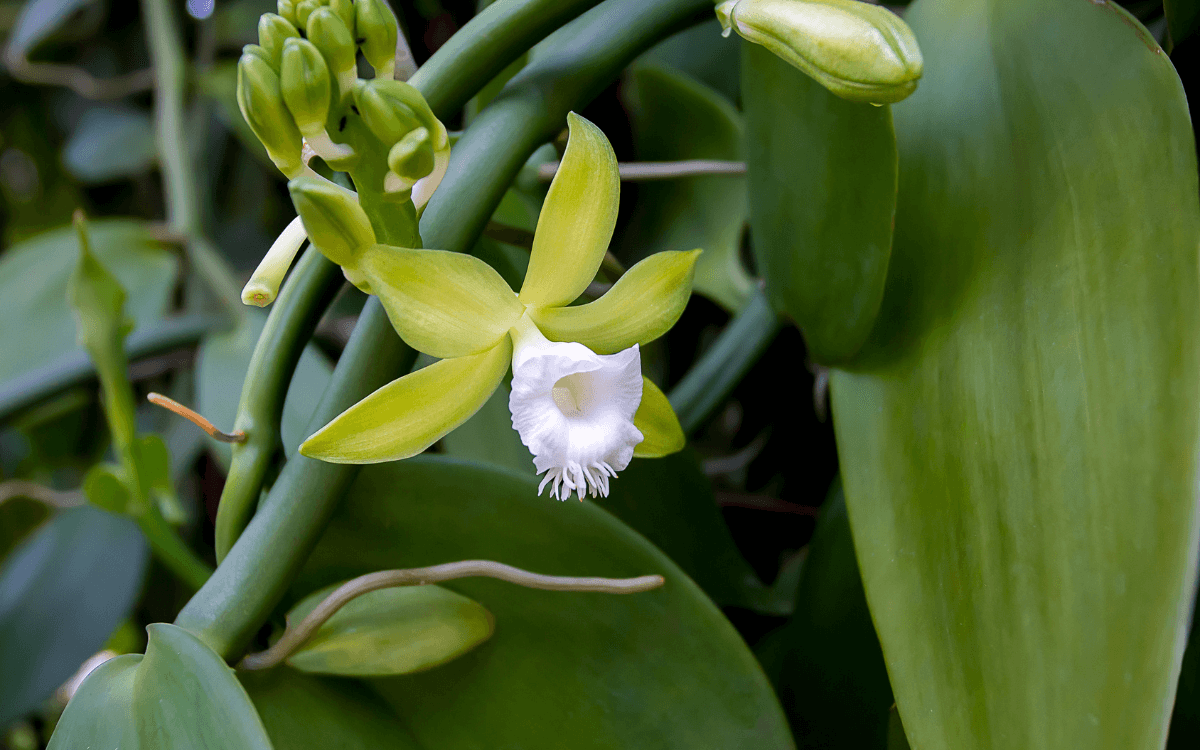

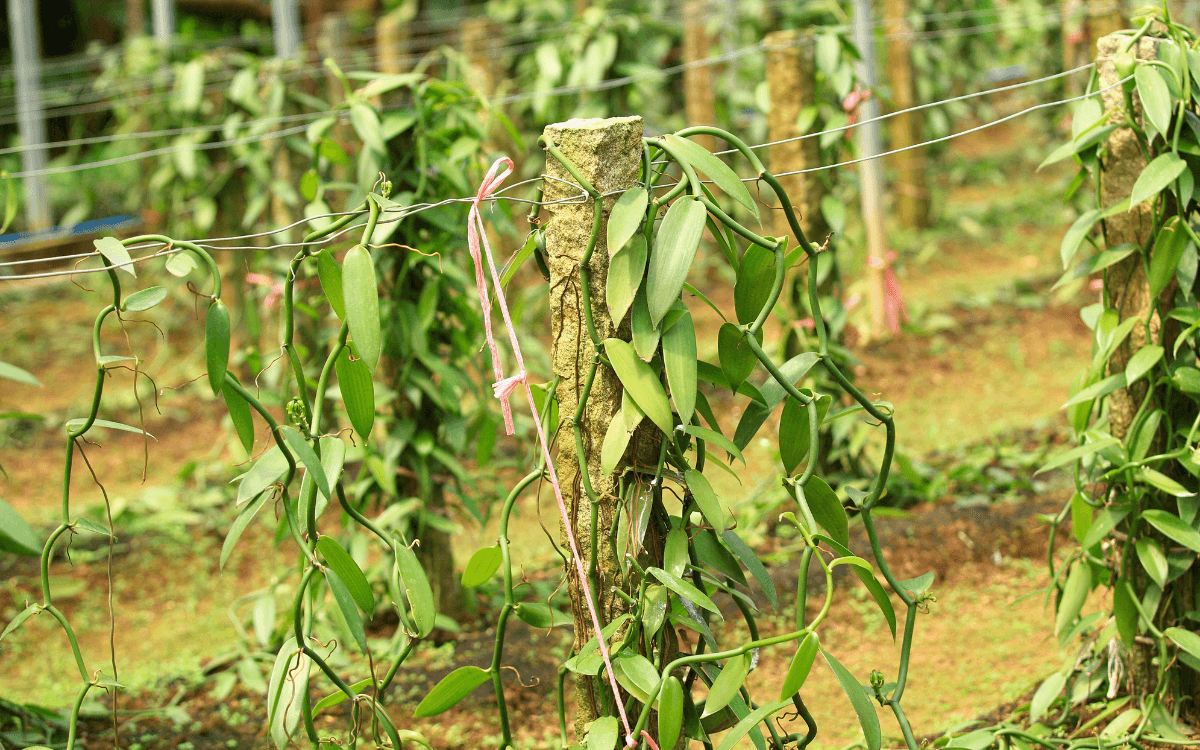
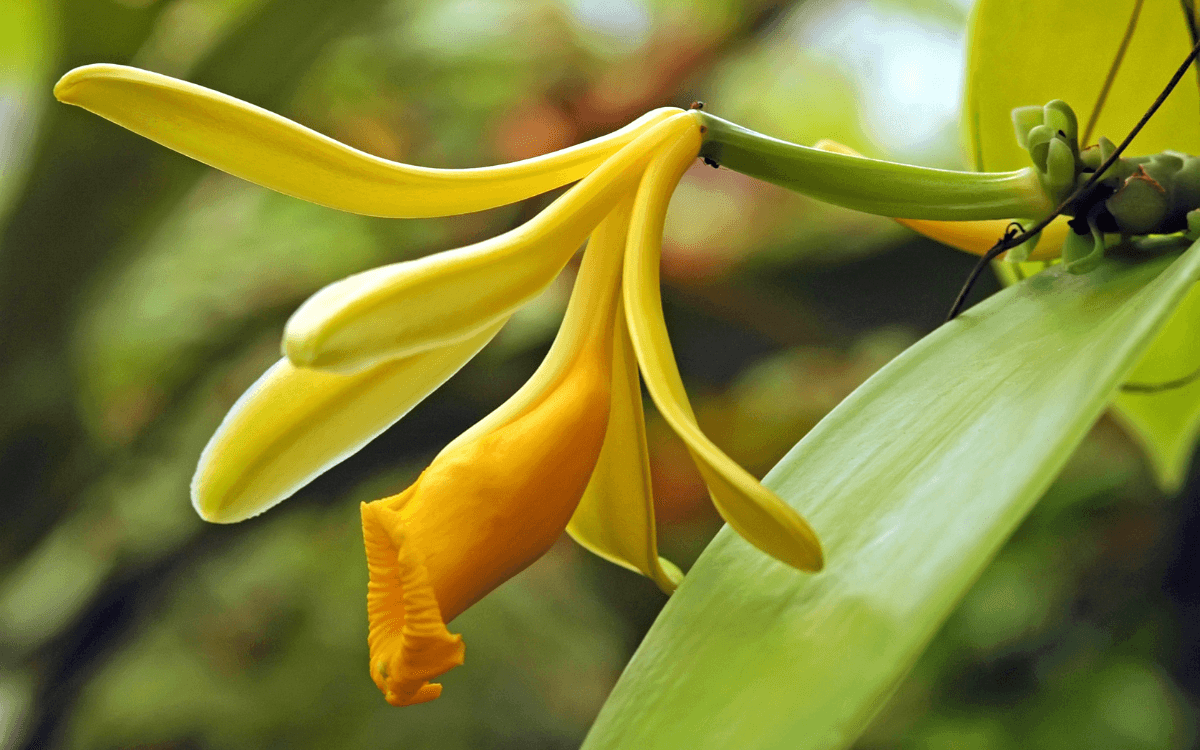
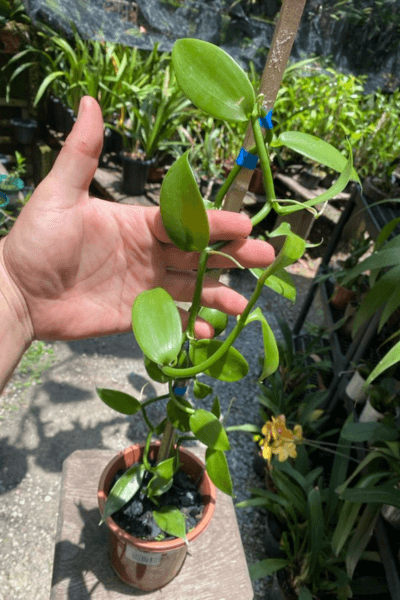

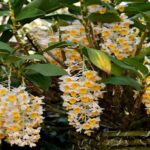
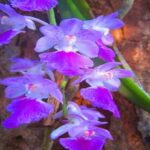

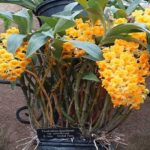
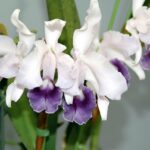
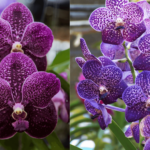

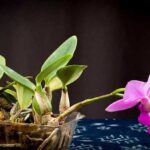

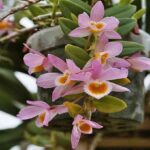
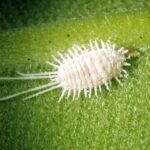

Wow Thanks for this piece of writing i find it hard to obtain great data out there when it comes to this blog posts appreciate for the post website